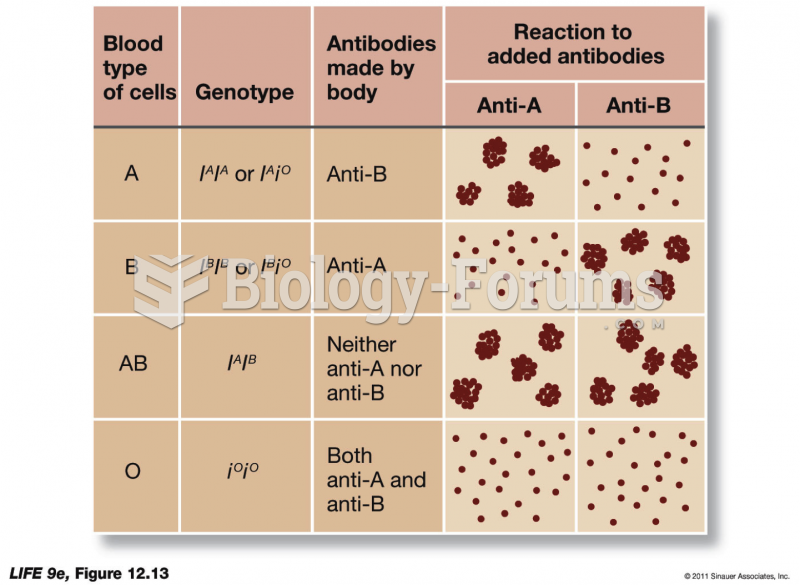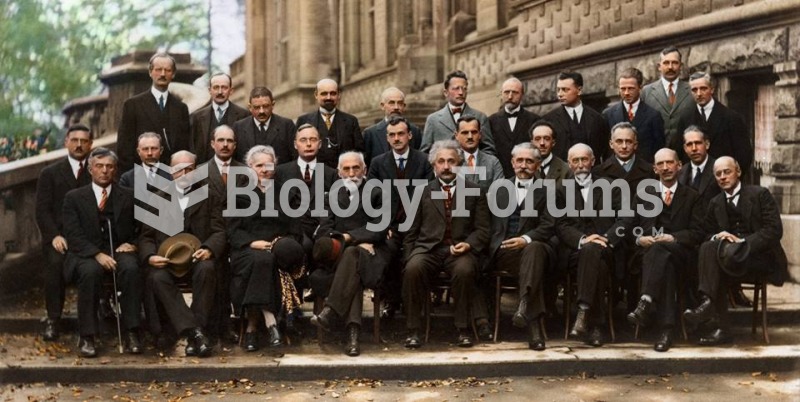Answer to Question 1A, C, D, E
Some of the nine questions that are useful for nurses when deciding whether to use an individual or group process for decision making are 1) Does the individual have all the information needed? 2) Will the course of action chosen make a difference to the organization? 3) Will the decision promote conflict among the group or individuals? 4) Is it absolutely critical that the individual group accept the decision before its implementation? The questions, How does this decision impact relationships with internal and external stakeholders? and How will the decision influence future choices made by the organization? are a good considerations in certain circumstances, but they are not part of Vroom and Yetton's recommended line of questioning.
Answer to Question 2A, C, D, F
The Foundation for Critical Thinking defined a number of matched sets of standards that can be used to refine and enhance critical thinking skills. There are eleven matched sets of these intellectual standards: 1) clearunclear, 2) preciseimprecise, 3) specificvague, 4) accurateinaccurate, 5) relevantirrelevant, 6) logicalillogical, 7) deepsuperficial,

detailedgeneral, 9) significantinsignif
icant, 10) adequateinadequate, and 11) fairunfair.
Answer to Question 3A, B, D, F
The five steps in the decision-making process as noted by Little-Stoetzel and Fane (2012) are:
1) identify the need for a decision, 2) determine the goal or outcome, 3) identify alternative actions along with the benefits and consequences of each action, 4) decide which action to implement, and finally 5) evaluate the decision. Testing the action or decision and relying solely upon the possible alternative repercussions of the actionwithout weighing the benefitsare not part of Little-Stoetzel and Fane's five-step decision-making process.







